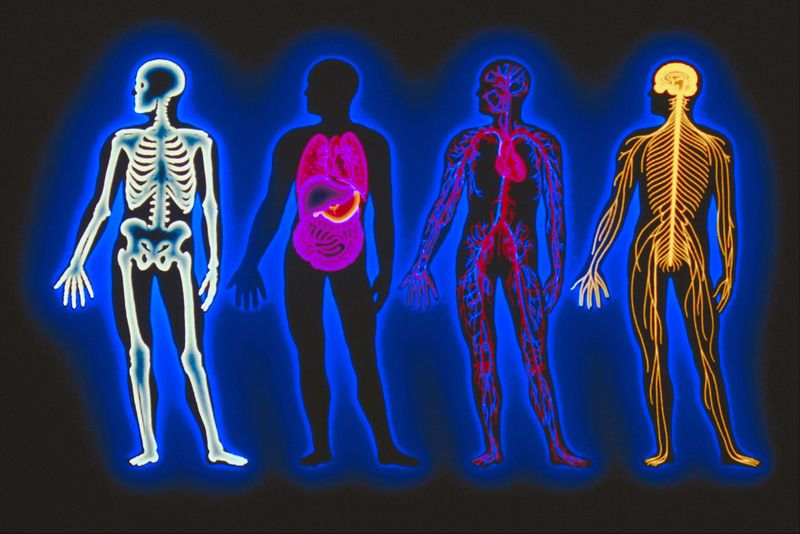
WEDNESDAY, April 20 (HealthDay News) — Many people with autism also have epilepsy that doesn’t respond to treatment, a new study suggests.
Researchers looked at the medical records of 127 children and adults aged 3 to 49 with autism who had had one or more seizures. The patients had been referred to the NYU Comprehensive Epilepsy Center in New York City over a 20-year period because they had also been diagnosed with epilepsy or it was suspected they might have epilepsy, said study lead author Dr. Orrin Devinsky.
About 34 percent of the patients were found to have treatment-resistant epilepsy, meaning their seizures continued despite medications. A few also underwent surgery — vagus nerve stimulation, in which an electrical device is implanted to stimulate a nerve that runs near the carotid artery of the neck.
Another 28 percent were seizure-free after treatment.
For the other 39 percent of patients, researchers didn’t have enough information to determine if their seizures were treatment-resistant or not.
“This highlights that epilepsy is common in autism, and in a large percentage of cases, the epilepsy is treatment-resistant,” said Devinksy, a professor of neurology, neurosurgery and psychiatry at NYU Langone School of Medicine and director of the NYU Comprehensive Epilepsy Center.
“Epilepsy is a bad disorder. Recurrent seizures can injure the brain, can cause structural damage to the brain and can be deadly over time,” he added.
The findings are published in the May issue of the journal Epilepsia.
The researchers found other differences between those who had treatment-resistant epilepsy and others with autism who’d experienced seizures.
Overall, the average age of the first seizure was 8, according to the study. But the medical records suggest that patients with treatment-resistant epilepsy tended to have their seizures start earlier in childhood (about age 6) than those whose epilepsy responded to treatment (about age 11).
Autistic children with epilepsy also tended to be more impaired than those without epilepsy. About 54 percent of those with treatment-resistant epilepsy had motor skills delays, compared to 35 percent of those with treatable epilepsy. Also, those with treatment-resistant epilepsy had more language delays (72 percent versus 65 percent), and were somewhat more likely to experience development regression, the study suggested.
Autism experts have long known that many people with autism also suffer from epilepsy, said Clara Lajonchere, vice president of clinical programs for Autism Speaks. Prior research suggests about 30 percent of people with autism also have epilepsy, while new research suggests the prevalence may even be higher.
A study published in the April 15 issue of the Journal of Child Neurology found that 39 percent of those with autism who’d donated brain tissue had epilepsy. “There seems to be increased mortality in people with autism and epilepsy as compared to those with autism alone,” said Lajonchere, senior author of that study.
People with autism are more likely than those in the general population to experience “sudden, unexplained death,” she said, adding that some of those deaths are likely from seizures.
It’s not fully understood why seizures can be deadly, Devinksy said, but it’s believed that seizures can interfere with breathing, brain function and heart rhythms.
Both experts agree that much more needs to be learned about epilepsy and autism, including possibly screening children diagnosed with autism for epilepsy.
“They are already dealing with cognitive, social and emotional problems,” Devinksy said. “And now you add to it epilepsy. It adds to the overall problem of autism.”
More information
The U.S. National Institute of Neurological Disorders and Stroke has more on autism.

